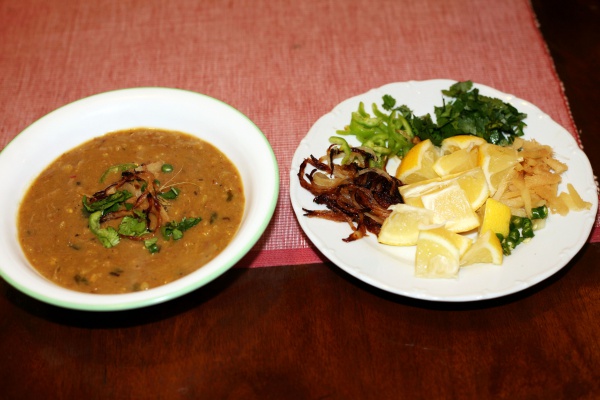Facts About Haleem
Haleem is a cherished stew that has traversed the Middle East, Central Asia, and the Indian subcontinent. The dish typically comprises a blend of wheat or barley, meat, lentils, and a medley of spices. Depending on the region, you can encounter various versions of haleem, such as keşkek in Turkey, Hareesa in the Arab world, Halim in Bangladesh, and Khichra in Pakistan and India.
The magic of haleem lies in its slow-cooking process, which can take several hours. This method allows the flavors of the spices, meat, barley, and wheat to meld together into a delicious, paste-like consistency. The origins of haleem can be traced back to a 10th-century Arabian dish called Harees. Arab soldiers introduced it to the Indian subcontinent, where it was adapted to local tastes.
Haleem is a popular treat sold in bazaars year-round but takes on special significance during the months of Ramadan and Muharram for Muslims. In countries like India, Pakistan, and Bangladesh, haleem is more than just a dish; it's a cultural staple enjoyed by people from all walks of life.
To prepare haleem, you typically start by soaking wheat, barley, and lentils overnight. Then, you cook a flavorful meat gravy, boil the grains, and blend everything together to achieve that signature paste-like texture. The dish is often topped with fried onions, ginger, green chilies, and coriander leaves for an added burst of flavor.
Nutritionally, haleem is a powerhouse. It's high in calories and packed with protein from the meat, as well as fiber and carbohydrates from the grains and lentils. It is usually served with garnishes like mint leaves, lemon juice, fried onions, and ginger. In some regions, people enjoy haleem with naan, bread, or rice, making it a versatile and satisfying meal.

 India
India